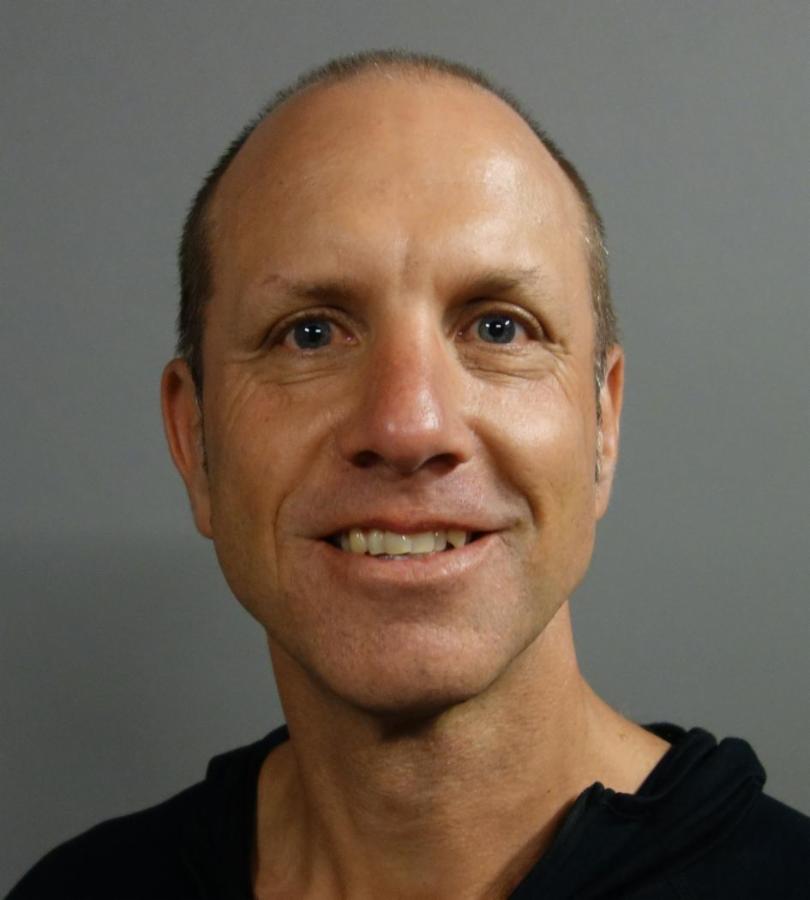Key UC Contact
What We Did
Using a near whole population-level natural experiment cross-sectional geospatial study of 4-year-old children who had a health and development assessment, as part of the B4 School Check, between 1 July 2010 and 30 June 2016, we determined whether community water fluoridation is associated with a reduction in the national rates of severe caries among 4-year-old children within New Zealand, after accounting for key sociodemographic characteristics. From an eligible sample of 275,843 children, of whom 55.7% resided within fluoridated areas, we showed that children residing in areas without fluoridation had odds of severe caries 1.21 (95% CI, 1.17-1.24) more likely than those within fluoridated areas.
Who Was Involved
In addition to Dr Matt Hobbs and me from the School of Health Sciences; the team includes: Helen Atkins (LLB; Atkins Holm Majurey, Auckland, New Zealand); Barry Mattingley (BSc(Hons); Institute of Environmental Science and Research, Christchurch, New Zealand); Martin Lee (MComDent; Canterbury District Health Board, Community Dental Service, Christchurch, New Zealand); Jesse Kokaua (PhD; University of Otago, Dunedin, New Zealand).
Why It Matters
Oral diseases are among the most prevalent of diseases affecting people globally and resulting in significant individual and societal burdens. These diseases are unequally shared, with children living in poverty and those from socially marginalised groups disproportionately afflicted. Most oral diseases are preventable. Community water fluoridation is regarded as one of the most effective public health interventions for equitably reducing the prevalence and severity of dental caries. In Christchurch, which is largely unfluoridation, has nearly 20% of its children aged 5 years suffering from severe early childhood caries. For Pacific children, the rate is 40%. Systemic changes and interventions are necessary to redress this childhood oral health epidemic, of which community water fluoridation demands attention.
Learn More
- Schluter P.J., Hobbs M., Atkins H., Mattingley B. and Lee M. (2020). Association between community water fluoridation and severe dental caries experience in 4-year-old New Zealand children. JAMA Pediatrics, 174(10):969-976. doi:10.1001/jamapediatrics.2020.2201.
- Schluter P.J., Kokaua J. and Lee M. (2020). Severe early childhood caries: a modern (neglected) epidemic? New Zealand Medical Journal, 133(1518):10-18.
- Kanagaratnam S. and Schluter P.J. (2019). A review of early childhood caries, risk factors and preventive strategies. New Zealand Dental Journal, 115(4):132-150.
- Long link: www.canterbury.ac.nz/news/2020/kiwi-pre-schoolers-losing-teeth-to-painful-preventable-tooth-decay.html featured on @Breakfaston1 #UCHealth: www.tvnz.co.nz/one-news/new-zealand/new-study-finds-kiwi-kids-without


